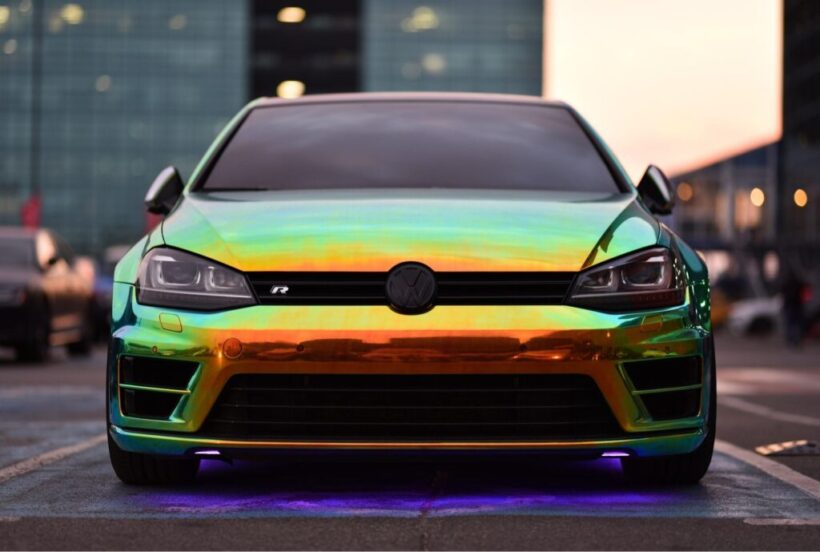Did you know that there are currently more than a thousand different automobile window tinting mixtures available? Choosing the best tint film is typically a time-consuming and unpleasant procedure because of the abundance of alternatives, although you could work with a company like Sun Stoppers to expedite the process. Vehicle owners may now personalise the appearance and feel of their vehicle in a variety of ways. Some people like to add unique wheels, a body package, or even a car wrap. The most common form of automobile improvement, though, is applying a nice window tint.
Nevertheless, there are typically six different kinds of window tinting for automobiles. There are several advantages and price points associated with each grade or style of tinting. Note that tinting your automobile modifies its appearance unless you use a very high percentage rating. With tinted windows, your inside will feel different, and your outside will look different.
Choose the aesthetic you want to achieve before deciding on a vehicle tint percentage. If you’re worried about it seeming too dark, go easy on the lighting.
By looking into the many different styles and shades of tinting available, you can find the exact type of tinting that will best suit your car and driving style:
Hybrid Tinting
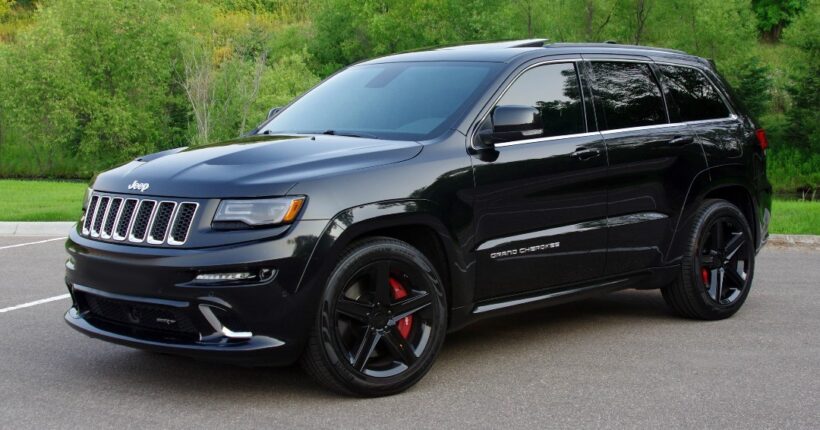
When quality is your priority, hybrid tint is a solid choice. This has been both colored and metalized. This dyed tint also contains three layers, with the dyed layer sandwiched between an adhesive layer and a protective top coat, similar to the conventionally dyed tint. The middle layer is different since it also contains metal powder. By combining the two, you can benefit from many of the finest aspects of both while avoiding many of the drawbacks. It has a matte finish, as opposed to metalized, and is slightly lighter in tone than dyed. It is shatter resistant, reduces glare, dissipates heat, shields against UV rays, and blocks heat. However, unlike standard car window tinting metalized film, it won’t interfere with your electronics.
Hybrid window tints mitigate the drawbacks of dyed and metalized tinting. They are less susceptible to radio interference and do not have a mirror-like appearance. Hybrid tints are likewise less expensive than metalized tints but more expensive than dyed tints.
Ceramic Tinting
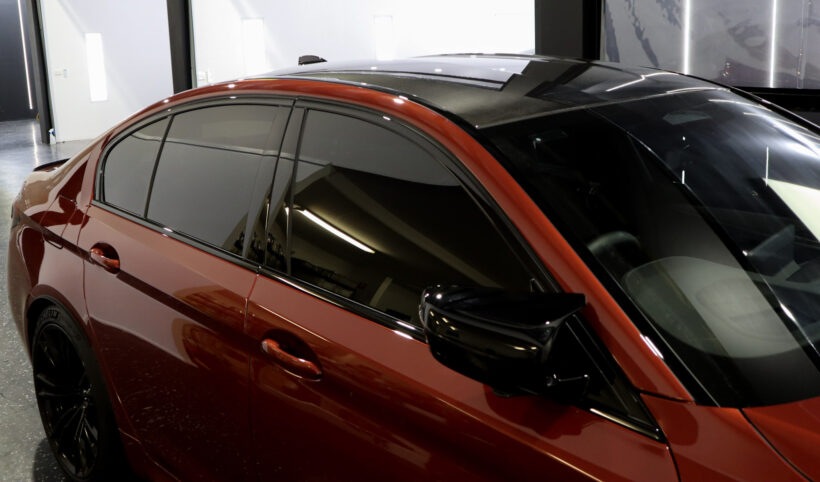
Tinting ceramic is another common option. The perfect window tint is ceramic because it has all the advantages of other alternatives without any of the negatives. With no dyes or metals and a coating impregnated with ceramic particles, ceramic tinting provides 99% protection from UV and infrared radiation. As a result, your tint won’t fade over time or obstruct radio and GPS signals. Additionally, ceramic offers greater insulation than other tinting options since it does not conduct heat. With less glare and less darkness, this technique also improves how shatter-proof your car’s windows are. The most expensive option is ceramic tinting, which is regarded as the industry standard in window tinting technology. Since ceramic particles do not transmit heat, they provide the same degree of solar reflection while providing additional insulation. This implies it is the most efficient tint for blocking off solar heat, reducing its impact on the car’s internal temperature by around half. The ceramic coating, like metallic tints, makes windows more shatter-resistant. It also has the advantage of decreasing glare without the need for a very dark tint. As a result, you have the option of adding a lighter hue.
Metalized Tinting
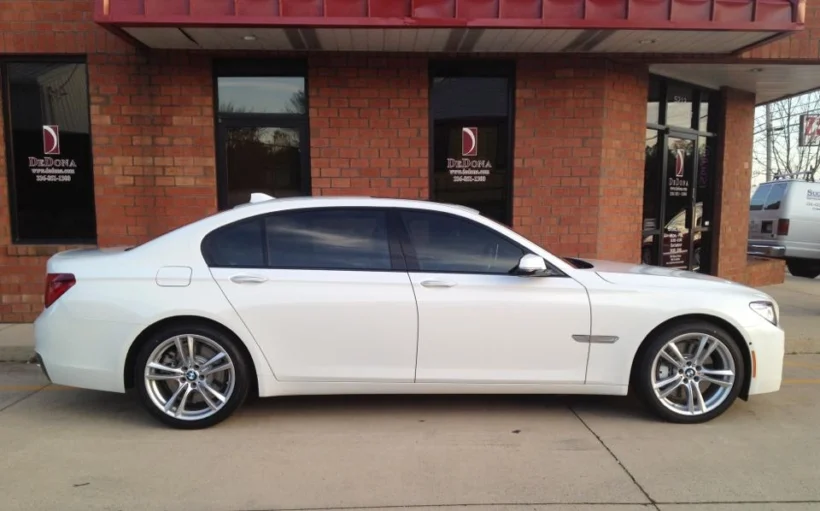
Metalized hues, as the name implies, have metal microparticles in them. Instead of absorbing the sunshine, they block it out by reflecting it. And they are far more successful at that than dyed tinting is. Additionally, metalized tint is very scratch-resistant. Additionally, they strengthen your windows, making it less likely that mishaps or impacts will cause them to break. Some people appreciate the glossy appearance that the metal particles give to your windows. The metal particles in these items can interfere with radio or GPS signals, which is a significant drawback. Although it could be a slight annoyance, this is something to keep in mind when choosing metalized tints.
Dyed Tinting
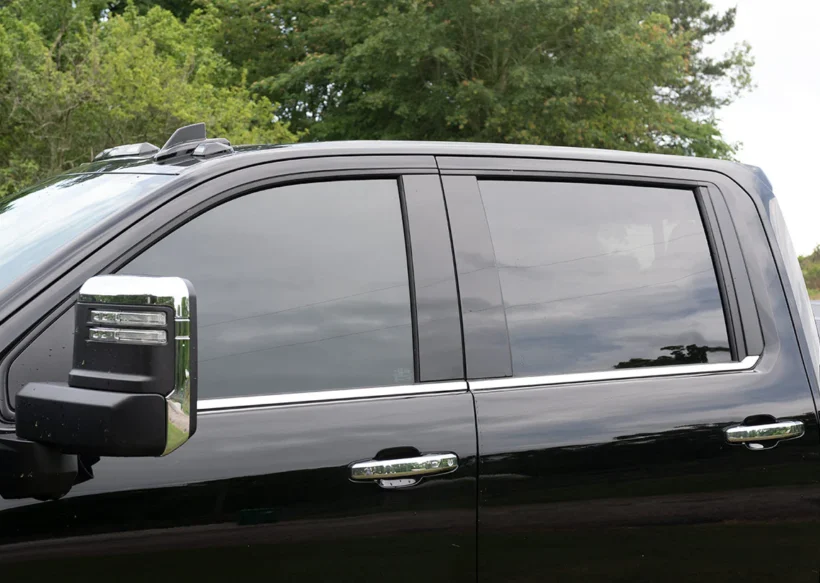
Dyed window tint can be a wonderful fit for you and your automobile if you’re seeking an adaptable, economical technique of tinting. A succession of dyed film layers makes up dyed window tint, which is intended to absorb sunlight when it tries to enter your car’s windows. Dyed window tint can aid to lower temperature increases in your car’s interior by absorbing solar heat.
The fact that dyed window tint provides little UV protection is a disadvantage. Additionally, this kind of tint has the propensity to fade with time, becoming less effective. However, you may choose the opacity level of this specific color, which makes it a more flexible alternative as a result.
Carbon Tinting
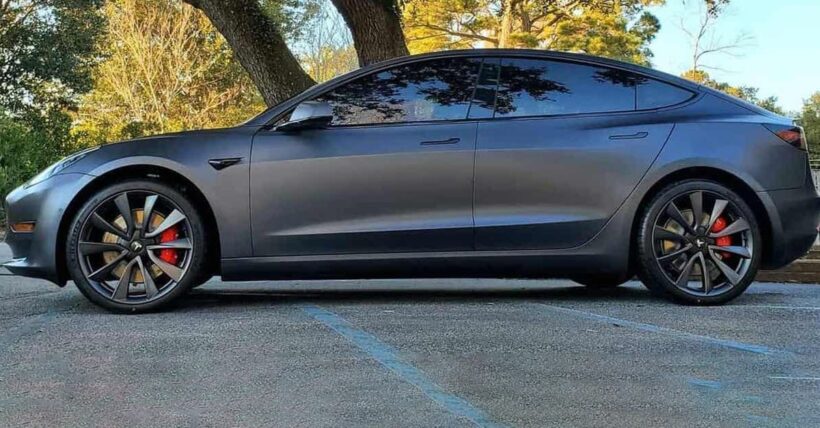
Only ceramic tint, which absorbs more than 99 percent of UV radiation, performs better than carbon fiber tinting in terms of performance. Ceramic items will not deteriorate over time or interfere with radio transmissions because they don’t contain colors or metal particles. The ceramic particles provide the same quantity of solar reflection with more insulation because they do not conduct heat. This indicates that it is the tint that blocks sunlight’s heat the best. The ceramic layer strengthens the glass of windows, similar to metallic tints. It also provides the added advantage of glare reduction without the need for a very dark tint. As a result, you have the luxury of changing the color of your car without compromising glare protection.
Crystalline Tinting
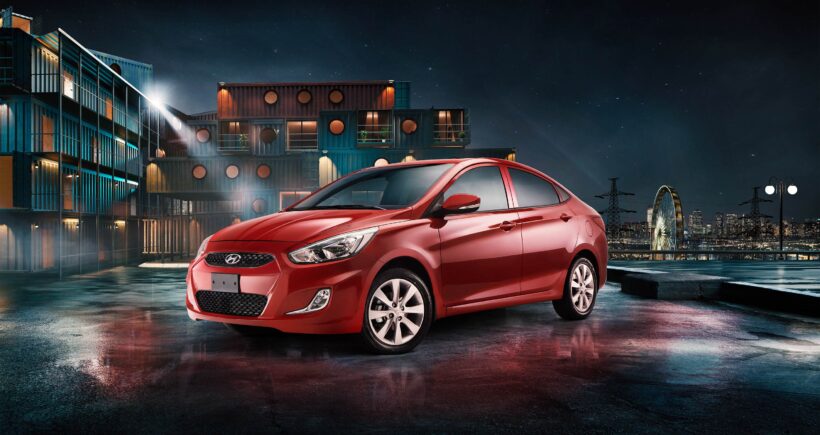
While some motorists like the seclusion and security that alternatives for darker window tinting provide, others would want to take advantage of the protective features without the evident appearance of tinted windows. Crystalline tinting is an excellent alternative for the latter group.
Crystalline window tinting provides the same UV and infrared radiation protection as other types of window tinting, but with a completely transparent finish that eliminates the darkening effects of more traditional window tinting techniques.

